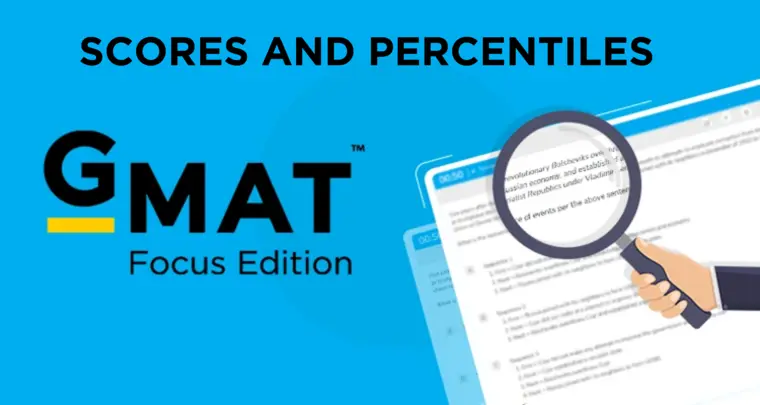Radio Stations with radio data system (RDS) technology broadcast special program information that only radios with an RDS feature can receive. Between 1994 and 1996, the number of RDS radio stations in Verdland increased from 250 to 600. However, since the number of RDS equipped radios in Verdland was about the same in 1996 as in 1994, the number of Verdlanders receiving the special program information probably did not increase significantly.
Which of the following is an assumption on which the argument depends?
- A. Few if any of the RDS radio stations that began broadcasting in Verdland after 1994 broadcast to people with RDS-equipped radios living in areas not previously reached by RDS stations.
- B. In 1996 most Verdlanders who lived within the listening area of an RDS station already had a radio equipped to receive RDS
- C. Equipping a radio station with RDS technology does not decrease the station’s listening area.
- D. In 1996 Verdlanders who did not own radios equipped to receive RDS could not receive any programming from the RDS radio stations that began broadcasting in Verdland after 1994.
- E. The RDS radio stations in Verdland in 1996 did not all offer the same type of programming.
Solution
Passage Analysis:
| Text from Passage | Analysis |
| Radio Stations with radio data system (RDS) technology broadcast special program information that only radios with an RDS feature can receive. | What it says: RDS stations send special info that only RDS radios can pick up What it does: Sets up the basic relationship between RDS stations and RDS radios What it is: Author’s explanation of technology Visualization: RDS Station → Special Info → Only RDS Radios (can receive) |
| Between 1994 and 1996, the number of RDS radio stations in Verdland increased from 250 to 600. | What it says: RDS stations more than doubled in Verdland over 2 years What it does: Shows a big increase in stations that can broadcast special info What it is: Factual data Visualization: 1994: 250 RDS stations → 1996: 600 RDS stations (140% increase) |
| However, since the number of RDS equipped radios in Verdland was about the same in 1996 as in 1994, the number of Verdlanders receiving the special program information probably did not increase significantly. | What it says: Even though stations doubled, RDS radios stayed the same, so people getting special info probably didn’t increase much What it does: Connects the station increase with radio numbers to reach a conclusion about actual reception What it is: Author’s main conclusion Visualization: 1994: 250 stations + X RDS radios = Y people getting info 1996: 600 stations + X RDS radios = still about Y people getting info |
Argument Flow:
The argument starts by explaining how RDS technology works, then shows that RDS stations doubled, but concludes that this didn’t help more people because the number of RDS radios stayed the same.
Main Conclusion:
The number of people in Verdland receiving special RDS program information probably didn’t increase significantly between 1994 and 1996.
Logical Structure:
The conclusion depends on connecting two facts: more stations broadcast special info, but the same number of radios can receive it. The author assumes that since only RDS radios can receive RDS signals, having more stations doesn’t matter if people don’t have more RDS radios to receive the broadcasts.
Prethinking:
Question type:
Assumption – We need to find what the argument takes for granted. If we negate a correct assumption, the argument should fall apart.
Precision of Claims
The argument makes specific quantitative claims about station numbers (250 to 600) and qualitative claims about radio ownership staying ‘about the same’ and reception ‘probably not increasing significantly’.
Strategy
Look for gaps in the author’s reasoning. The author jumps from ‘more stations + same number of radios = same reception.’ We need to find what unstated beliefs make this leap possible. Think about what could make this conclusion wrong while keeping the facts true.
Answer Choices Explained
A. Few if any of the RDS radio stations that began broadcasting in Verdland after 1994 broadcast to people with RDS-equipped radios living in areas not previously reached by RDS stations.
This directly addresses a critical gap in the argument’s reasoning. The argument assumes that doubling the number of RDS stations didn’t help more people receive special programming because the number of RDS radios stayed the same. But this only works if we assume the new stations didn’t expand geographic coverage to reach RDS radio owners in previously uncovered areas. If we negate this assumption – meaning many new stations DID reach new areas with RDS radio owners – then even with the same number of total RDS radios, more people could receive special programming. This assumption is necessary for the argument’s conclusion to hold.
B. In 1996 most Verdlanders who lived within the listening area of an RDS station already had a radio equipped to receive RDS
This talks about what ‘most Verdlanders’ had in 1996, but the argument doesn’t depend on whether most people in RDS station areas had RDS radios. The argument is about whether the number of people receiving special programming increased, which depends on the relationship between station coverage and radio ownership, not on whether most people had the right equipment. This doesn’t address the core reasoning gap.
C. Equipping a radio station with RDS technology does not decrease the station’s listening area.
The argument doesn’t depend on station listening areas staying the same size. Even if equipping stations with RDS decreased their listening areas, the conclusion could still hold as long as the new stations didn’t expand coverage to previously unreached RDS radio owners. This addresses a different aspect of coverage than what the argument requires.
D. In 1996 Verdlanders who did not own radios equipped to receive RDS could not receive any programming from the RDS radio stations that began broadcasting in Verdland after 1994.
This is too extreme and not necessary for the argument. The argument only needs to show that special RDS programming reception didn’t increase significantly. Whether non-RDS radio owners could receive any programming from new RDS stations doesn’t affect the core reasoning about special program information that only RDS radios can receive.
E. The RDS radio stations in Verdland in 1996 did not all offer the same type of programming.
Whether RDS stations offered the same or different types of programming doesn’t affect the argument’s reasoning. The argument is about the number of people receiving special RDS information, not about programming variety or content. The type of programming is irrelevant to the quantitative conclusion about reception numbers.














